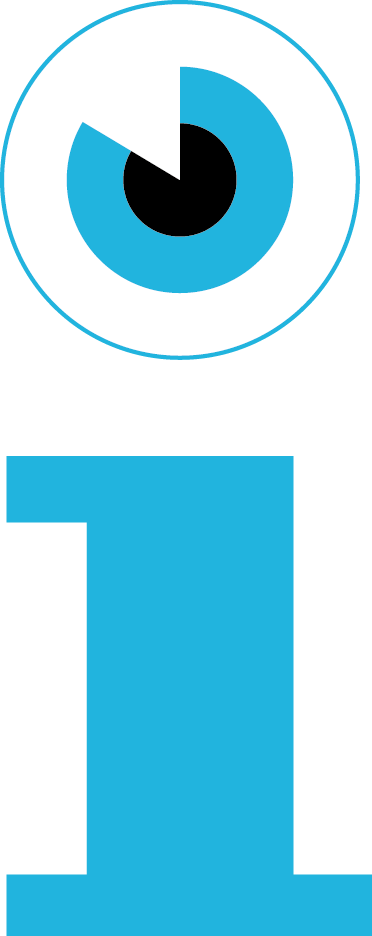 What does your child do?
What does your child do?
Your child has trouble reading or holds objects very close to their eyes
If you notice reading difficulties in a child, it is important to ensure that he has clear vision with as little effort as possible, and that he does not need optical correction.
How do I know if my child needs glasses for close-up vision?
Detecting myopia
Does your child tend to hold his books and notepads near his eyes when reading? Does he tend to move closer to screens to see better? Does he need to squint to distinguish distant objects? If you recognise these behaviours in your child, he may be myopic.
Myopia is defined by an overly long eye, which forms a blurred image in front of the retina. This problem is more common in adolescents, but it is increasingly developing in young children.
Detecting Astigmatism
Does your child confuse certain letters, and fail to write along the lines of the page? Do he often tilt his head and tend to draw crookedly? It is possible that he is astigmatic. Astigmatism is a refractive visual defect characterised by an irregularity of the cornea that corresponds to the transparent structure at the front of the eye. An eye without vision problems is regular like the surface of a football. In contrast, an astigmatic child has his cornea deformed with a shape that resembles a rugby ball.
Detecting hyperopia
Is your child quick to show signs of eye fatigue? Does he have difficulty concentrating, rub his eyes regularly and complain of headaches? This may be due to hyperopia. A hyperopic child has good vision at a distance, but is blurred at close range. To compensate for this visual disorder, he will constantly attempt to accommodate to maintain focus.
Are there near-vision problems in the family?
If one or more family members have a vision problem, the child is more likely to develop one. If someone in your family has a refractive defect, such as myopia, hyperopia or astigmatism, we invite you to consult a specialist regularly. This correction of defects, from an early age, with adapted corrective lenses will allow the child to have better eyesight and optimise his development.
How do I detect and correct this vision disorder to help my child look at things close-up?
If in doubt, we advise you to bring your child to an ophthalmologist. A visual assessment makes it possible to detect a possible anomaly and to check whether he is affected by a refractive disorder. A visual disorder can be corrected by a prescription for glasses.
Children’s different visual disorders
Myopia and hyperopia are visual disorders frequently detected in children, which can prevent them from looking closely. There are, however, also many more conditions. Do you want to find out more? Check out our pages on amblyopia, glaucoma, and strabismus.
